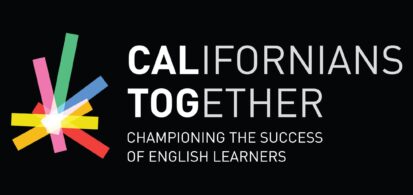Implications for Serving Dual Language Learners and Their Families: Spanish Speaking Family Child Care Providers
This report describes the responses of a group of Family Child Care Providers who were recruited through the Child Care Resource Center in Southern California. The majority of these providers […]
